A Guide to Lighting Control Systems
Everyone has encountered some type of lighting control, and many of us will use these controls multiple times a day without much thought. In their most basic form, these are the switches that adorn the walls of most houses and allow a simple on off function.
For larger environments and for more complex lighting needs, you might require more than the flick of a switch. Lighting control systems create the ability to control all the lighting in a building together. There are many control systems on the market, all with varying degrees of functionality and with different ways of controlling them. The trick is knowing when and where each is best suited.
As one of Europe’s leading LED lighting manufacturers we’ve worked with all the major lighting systems. Using our knowledge and expertise we’ve outlined an overview of each system, how they work and the ideal applications. Jump to the end to see our comparison of the different lighting control systems.
0-10V
Slowly being phased out but still fairly common with LED panels is 0-10V. This system is capable of providing on, off and dimming for connected lights.
A controller sends a DC voltage signal to the luminaire. At 0 volts, the light is either off or at its lowest level depending on the circuit (an additional switch may be required to turn off the light completely). At 10V the light is on at 100%, and any selected voltage in between produces a dimming effect scaled to the voltage input. The controller can be set to use the signal to provide output levels based on voltage output, actual light output, power output, or perceived light output.
Very similar is the 1-10V control system, where 1V produces a typical light output of 10%, and scales up to 10V producing 100%. 1-10V cannot be dimmed to 0%, so requires an additional switch to turn the light off.
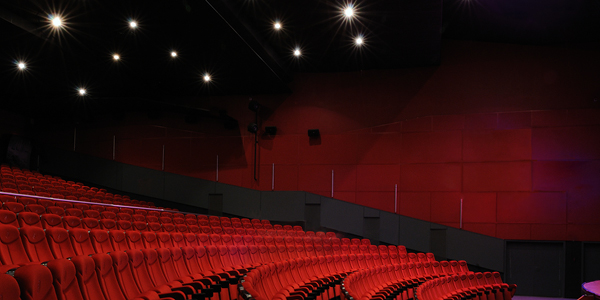
TRIAC
Standing for Triode for Alternating Current, TRIAC utilises AC current from the mains power supply, and uses a high-speed switch to control the amount of energy sent to the LED lamp. When the switch reacts very quickly, more energy is released, whilst slower switches release less energy, producing a dimming effect.

DALI
Standing for Digital Addressable Lighting Interface, DALI enables a digital signal to control lighting which provides a more precise and flexible system. Being an international standard for lighting communication any product marked with the DALI logo should be able to interact with any other flawlessly, no matter the manufacturer.
Every driver, sensor and lamp in a DALI system is provided a unique address so that it can be controlled individually. The controller issues a signal to the addresses of the selected luminaires – on, off or dim. If a signal says that all lights in a specific room should be off, then the lights which have the addresses within that room will turn off.
The DALI system is a two-way connection allowing the controller to send messages to the lights as well as for the lights to send information regarding their current state back to the controller.
One DALI line can control up to 64+64 addresses at once (ie 64 control gear (drivers) AND 64 control devices (sensors)). Multiple lines can be grouped into a network allowing for more addresses and devices.

Tuya
Tuya is a smart control system which runs off 2.4GHz WiFi signal. The Tuya system is designed to allow a connectivity of all smart devices within a location, not just lighting. Devices are manufactured with a Tuya module inside to allow connectivity to the system, which is controlled through the Tuya app.
What can be controlled depends entirely upon the functionality of the connected luminaire, but the Tuya app allows all available features to be catered for including on, off, dimming, RGB colour, and CCT switching. The app also allows grouping, pre-sets, scenes, scheduling, music sync and more.
Luminaires are easily connected and set-up through the app and can be given names and photos for easy identification. The Tuya app also allows connection to other home smart devices like Amazon Alexa and Google Home so your lighting can be controlled with your voice. Eg. “Alexa, dim living room to 50%”.
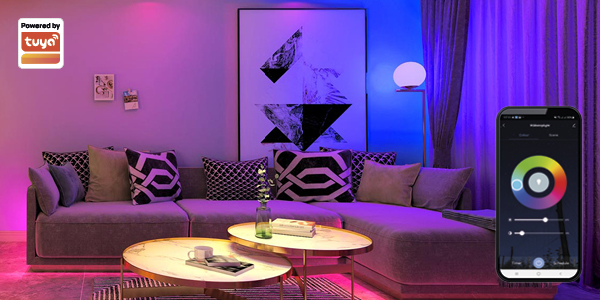
Casambi
Casambi is a smart control system, like Tuya, aimed at controlling any compatible device including lighting. Casambi utilises Bluetooth to enable connection between the controller and devices. Luminaires are connected to the network by being wired through a Casambi enabled driver and controlled through the app on a smart device.
Casambi is a Bluetooth mesh system, meaning that all connected modules have the same information as any other and that connecting to one node in the network allows control of the whole system. Casambi has 2 versions, classic and evolution, which can be selected during set-up depending on the modules you have available (once selected this cannot be changed). A classic Casambi network can control up to 127 devices at once, whilst an evolution network can control up to 250 devices. If you have a system which needs more devices than a single network allows you can create multiple networks and then group and control these together through “site” settings.
What can be managed is totally dependent on the capabilities of the connected luminaire, but the Casambi app supports all available functions like on, off, dimming, RGB colour, and CCT switching. The app itself also allows grouping, pre-sets, scenes, scheduling, music sync, and more.
The software makes it simple to connect and configure luminaires, and they can be given names and photographs for easy identification.
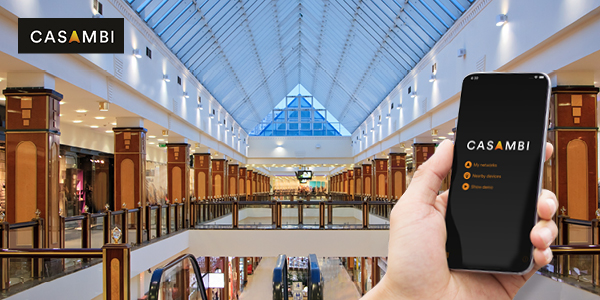
Lighting Control Systems Comparison
| System | Features | Advantages | Disadvantages | Typical Applications | |
0-10V
|
On Off Dimming |
Simple Easy to install Easy to fix Can be run on relatively thin cables |
Requires dedicated control wire Devices which are a long way from the control source require calibrating to factor in the drop in voltage between the controller module and the luminaire |
Commercial spaces including retail, theatres and entertainment venues, and offices where simple dimming is required | |
| System | Features | Advantages | Disadvantages | Typical Applications | |
TRIAC |
On Off Dimming |
Utilises AC power so no special wiring or power supply are needed Easy to install Budget friendly dimming option |
Some energy may be wasted in the dimming process resulting in reduced energy efficiency | Residential and smaller commercial applications, especially retrofitting | |
| System | Features | Advantages | Disadvantages | Typical Applications | |
DALI |
DALI On Off Dimming Emergency Testing Grouping |
DALI-2 All DALI features plus Sensors CCT tuneable RGBWAF Pre-sets Schedules Scenes (up to 16) |
Control all lighting from a central point Power & data supply on the same wires Individual, group and broadcast addressing Automate lighting control with pre-sets, scenes and schedules |
Additional cable is required in the wiring set-up Initial set-up can be complex |
Medium – Large commercial, municipal and industrial applications including schools, offices, hospitals, transport hubs (eg airports, train stations), warehouses High end architectural |
| System | Features | Advantages | Disadvantages | Typical Applications | |
Tuya |
Depends on installed devices On Off Dimming Emergency Testing CCT tuneable RGBW |
Pre-sets Grouping Schedules Sensors Voice control with Amazon, Google, Apple etc &more |
Control all lighting from a central point – Tuya app on smart devices Easy installation and set-up – no wiring required Access and control from anywhere. You can be out and about Individual faulty lights/modules can be detected from control system due to 2 way signals |
Requires specific 2.4GHz WiFi | Residential Smart home systems Smaller commercial applications eg. Small-medium size restaurants and cafes |
| System | Features | Advantages | Disadvantages | Typical Applications | |
Casambi |
Depends on installed devices On Off Dimming Emergency Testing CCT tuneable RGBW |
Pre-sets Grouping Schedules Sensors &more |
Control all lighting from a central point – Casambi app on smart devices Easy installation – add a Casambi driver anywhere along the wiring of each sensor or luminaire to gain control. Once connected, the Bluetooth network can be connected to a WiFi signal allowing access and control from anywhere Mesh network extends limited range of Bluetooth signal allowing operation of lights “outside” of range Individual faulty lights/modules can be detected from control system due to 2 way signals |
Some building materials will block Bluetooth connection requiring more thought of which modules to use before installation | Medium to large size commercial, and industrial including hotels, gyms, office buildings, restaurants, shopping centres, warehouses, logistics centres, transport hubs (eg airports, train stations) High end architectural |
Suggested Articles:
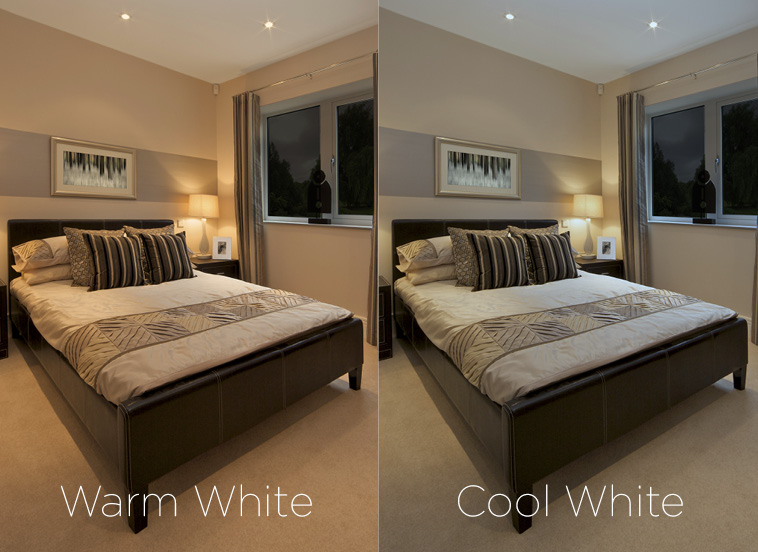
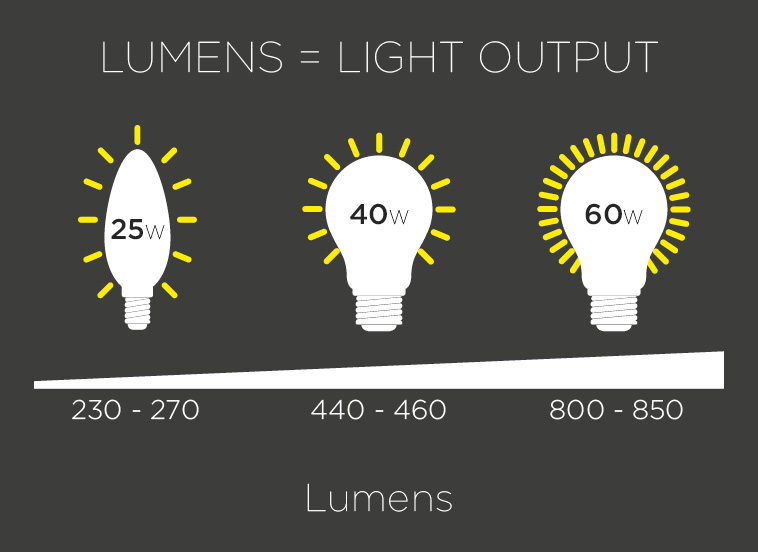
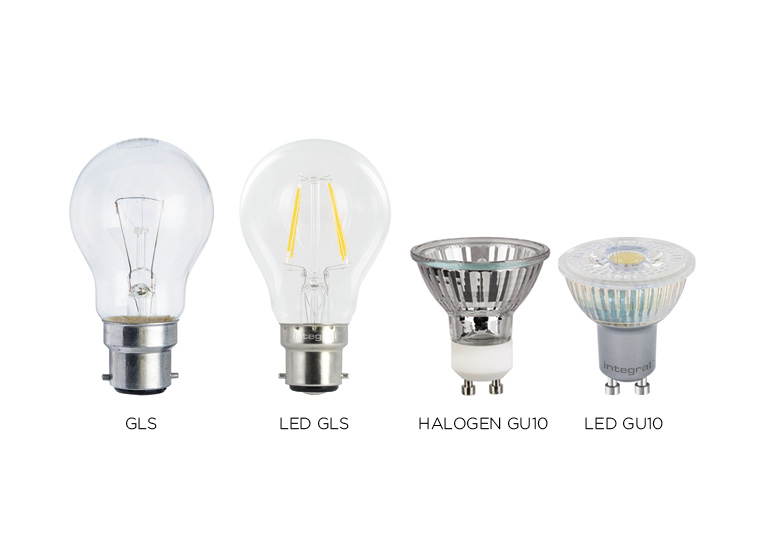
HIGHEST
QUALITY
COMPETITIVE
PRICES
EXPERTISE
EXTENSIVE
STOCK
NEWSLETTER
Sign-up to our newsletter and stay up to date with the latest product information and special offers.

